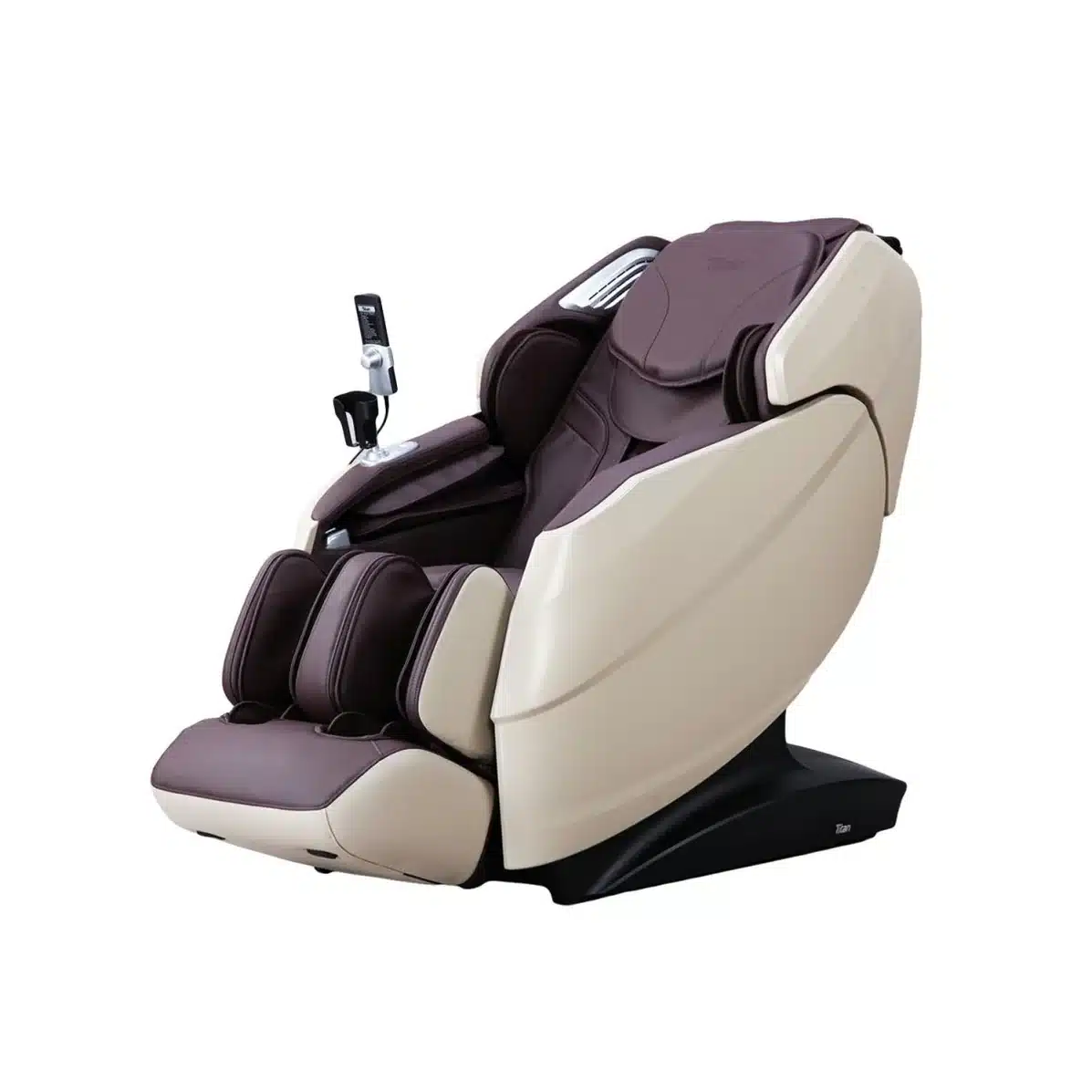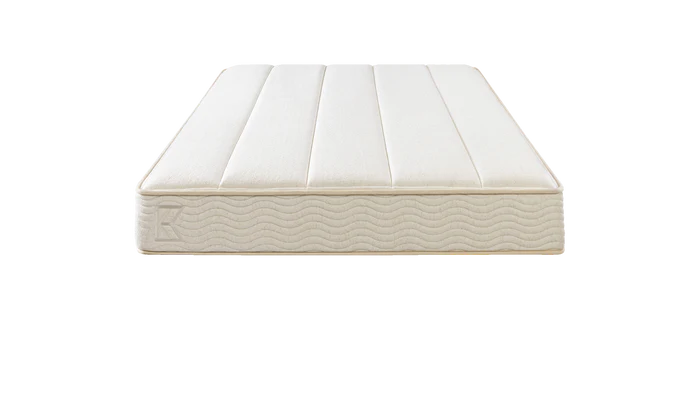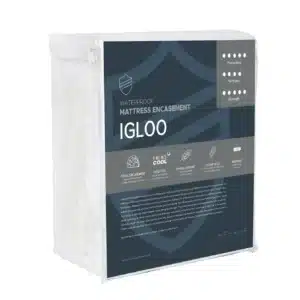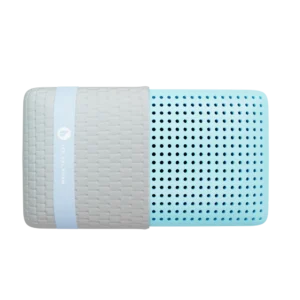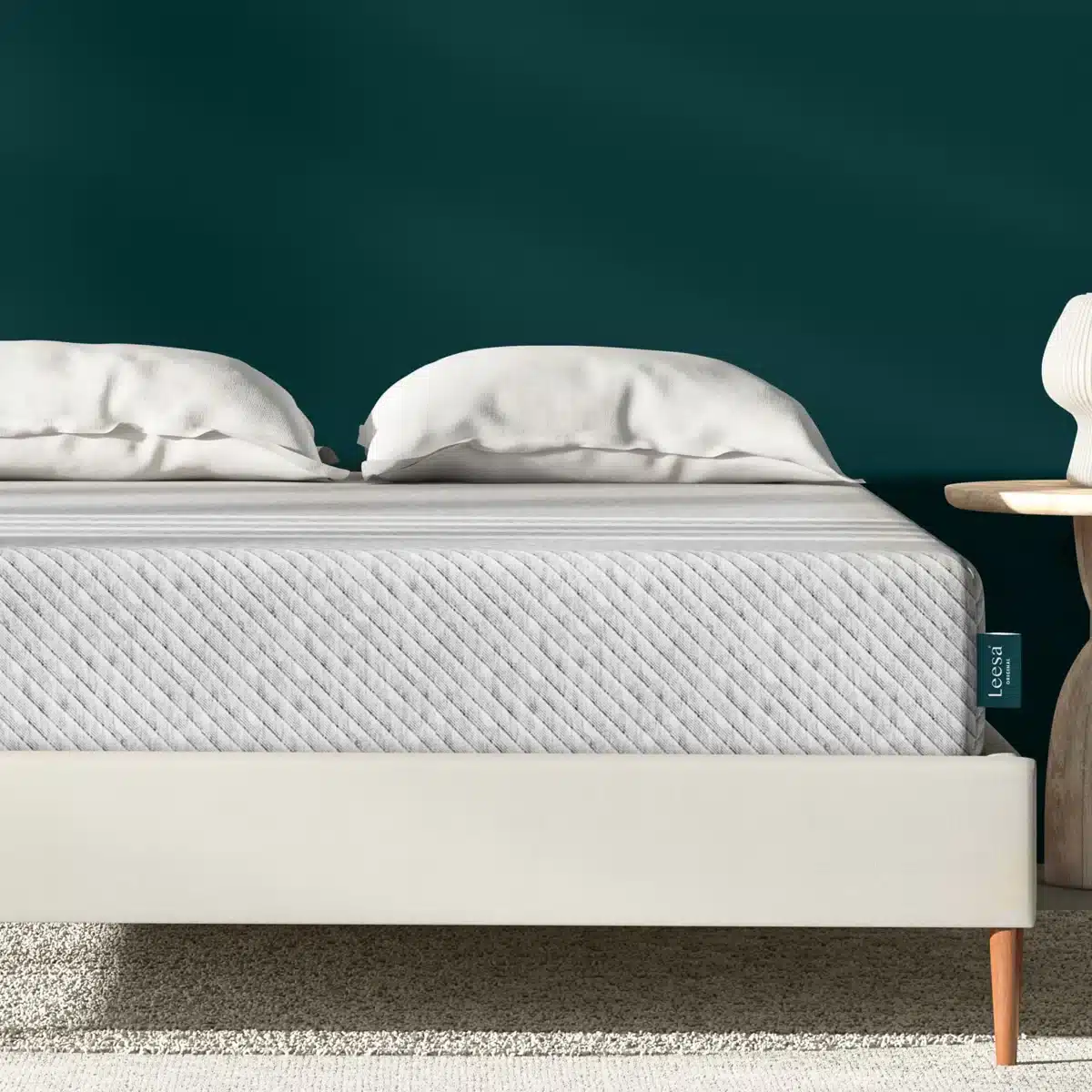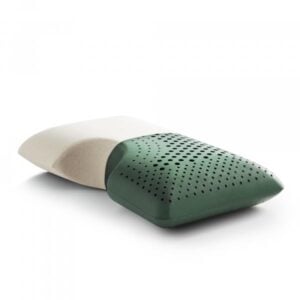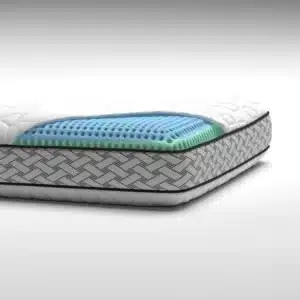In today’s world, the pursuit of a good night’s sleep is more than a simple matter of comfort. Sleep is increasingly recognized as a vital contributor to overall health and well-being, with the quality of our bedding playing a substantial role. Consequently, two materials have emerged as the preferred choices for bedding products, particularly mattresses: latex and memory foam.
Both materials boast an impressive array of benefits and features, promising enhanced sleep and improved health. But how do they differ, and how can a consumer make an informed decision about which is the right fit for their unique needs? This article delves into the detailed comparison between these two materials, highlighting their properties, benefits, and potential drawbacks.
Latex: A Natural Wonder
Latex, a substance derived predominantly from the sap of rubber trees, is heralded for its eco-friendliness and resilience. It’s a natural, biodegradable material, and mattresses made from it are often marketed as the healthier, greener choice.
The Benefits
One of the primary advantages of latex is its durability. A quality latex mattress can last up to 20 years, outliving its memory foam counterparts by several years. Its resilient structure resists sagging and maintains its shape longer, which can make it a worthwhile investment in the long term.
When it comes to comfort, latex offers a distinctive ‘buoyant’ feel, providing a combination of support and pressure relief. Unlike memory foam, which contours to the body, latex has an elasticity that pushes back, aligning the spine and reducing the likelihood of waking up with backaches or stiffness.
Latex also tends to sleep cooler than memory foam, making it a favored choice for hot sleepers. It naturally dissipates heat and doesn’t trap warmth like memory foam often does. This quality is further enhanced in mattresses featuring aerated latex, where small holes are introduced into the material to improve airflow.
Moreover, latex is hypoallergenic and resistant to dust mites, mold, and mildew, making it an excellent option for allergy sufferers.
The Drawbacks
However, latex isn’t without its drawbacks. Its bounce-back characteristic can be a double-edged sword; while it provides excellent support, it may not offer the same level of contouring and pressure relief as memory foam, which can be a disadvantage for people with specific body pains.
Latex mattresses also tend to be more expensive due to the cost of harvesting and processing natural latex. For the eco-conscious consumer, it’s worth noting that while latex is a renewable resource, its production is not entirely free of environmental impacts.
Memory Foam: The Conforming Comfort
Memory foam, also known as viscoelastic foam, was first developed by NASA in the 1960s. It’s a synthetic material with a unique ability to soften in response to heat and pressure, allowing it to mold closely to the body.
The Benefits
Memory foam excels in its pressure-relieving properties. Its ability to conform to the body shape distributes weight evenly, reducing pressure points and delivering a feeling of being cradled. This characteristic is particularly beneficial for side sleepers and individuals suffering from joint or back pain.
Another significant advantage of memory foam is its motion isolation capacity. If you share your bed with a partner, movements from one side of the bed are unlikely to transfer to the other, ensuring an undisturbed sleep.
Memory foam mattresses come in a wide range of firmness levels, providing a variety of options to cater to individual comfort preferences.
The Drawbacks
However, memory foam isn’t without its downsides. These mattresses are notorious for heat retention. Although newer versions incorporate cooling gel or open-cell structures to combat this issue, some people may still find

Memory Foam and Latex ILD Explained
Indentation Load Deflection (ILD), also known as Indentation Force Deflection, is a standard measurement used within the mattress industry to define the firmness or softness of a mattress. Whether it’s latex or memory foam, understanding ILD is crucial when determining the comfort level a mattress can offer.
Understanding ILD
ILD is calculated by measuring the amount of force, in pounds, required to make a 25% indentation in a 4-inch thick foam sample. So, a mattress with a higher ILD will require more force to create the same indentation, making it firmer than a mattress with a lower ILD. Essentially, a higher ILD indicates a firmer mattress, while a lower ILD means a softer one.
ILD in Memory Foam
Memory foam mattresses are known for their conforming property – their ability to mold to the body in response to heat and pressure. The ILD of memory foam typically ranges between 8 and 20 for most mattresses. A lower ILD rating indicates a softer, more conforming memory foam, which may provide better pressure relief. On the other hand, a higher ILD rating suggests a firmer memory foam that offers greater support but less body contouring.
ILD in Latex
Latex mattresses, whether Dunlop or Talalay processed, are recognized for their buoyant feel and resilience. The ILD range for latex is generally between 15 and 45. A lower ILD denotes a softer latex that provides a plush, cushioning effect. A higher ILD rating signifies a firmer latex that is more supportive and resilient, but with less pressure relief.
It’s important to note that these are general ranges and can vary based on the specific manufacturing processes used by different companies.
The ILD Balancing Act
Ultimately, the optimal ILD rating for any individual depends on various factors, including body weight, sleep position, and personal comfort preferences. Side sleepers, for instance, may find a mattress with a lower ILD more comfortable as it provides greater pressure relief. In contrast, stomach and back sleepers might benefit more from a higher ILD, which offers enhanced support to maintain spinal alignment.
By understanding ILD, consumers can make informed decisions about the comfort level of their mattress, tailoring their choice to their unique sleep needs. Whether it’s the body-hugging memory foam or the resilient latex, understanding ILD is the key to finding the ideal balance between comfort and support.
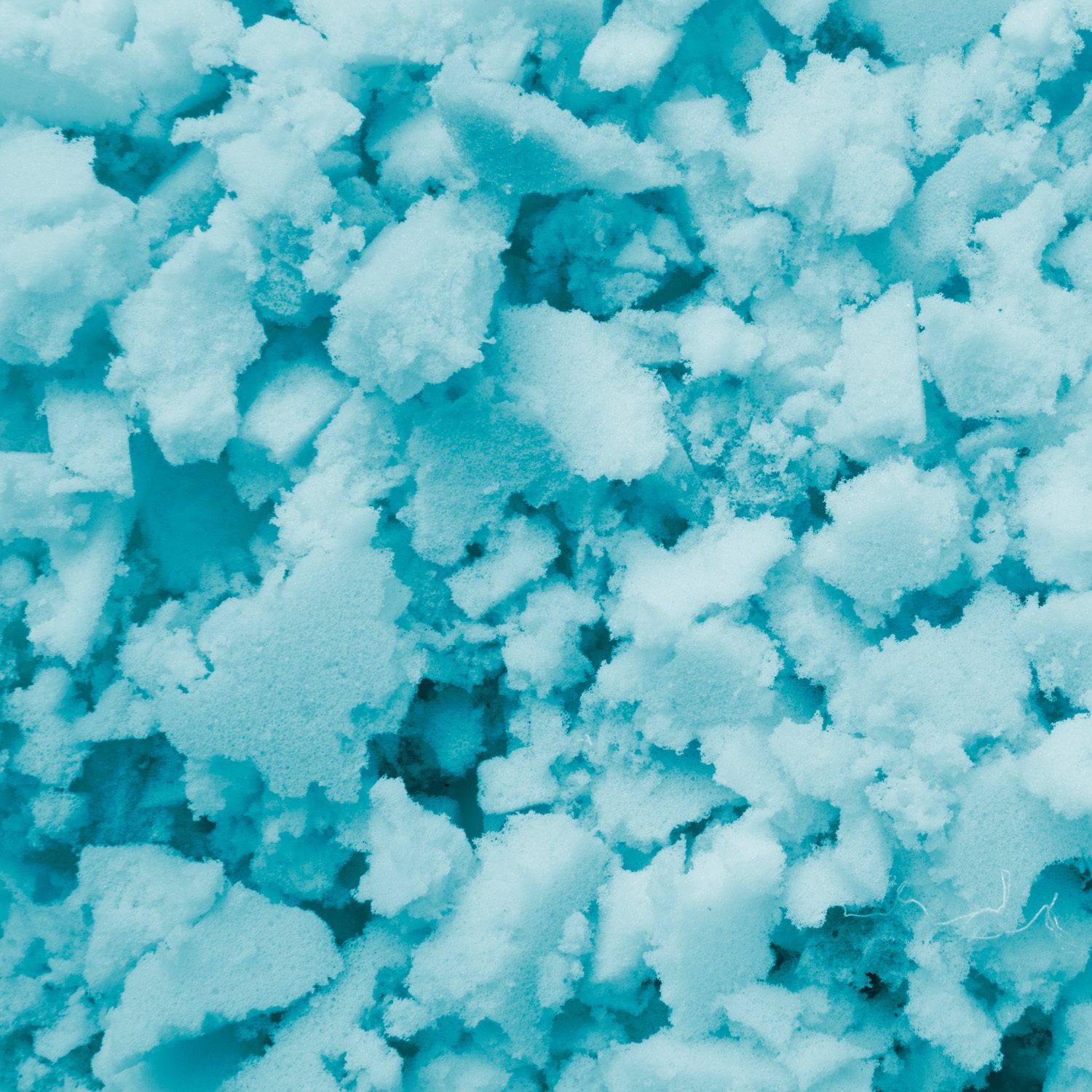
Foam and Latex Certifications
CertiPUR-US® Certification
CertiPUR-US® is a non-profit program established by the Alliance for Flexible Polyurethane Foam (FPF) to certify flexible polyurethane foams, a category that includes memory foam.
Products carrying the CertiPUR-US® seal are tested for durability, performance, and content. They are verified to be free from harmful chemicals, such as ozone depleters, PBDEs, TDCPP, TCEP flame retardants, mercury, lead, other heavy metals, formaldehyde, and phthalates regulated by the Consumer Product Safety Commission. They also have low VOC (Volatile Organic Compound) emissions for indoor air quality (less than 0.5 parts per million).
In essence, the CertiPUR-US® certification ensures that your foam product is not only comfortable and durable but also safe for your health and the environment.
OEKO-TEX® Standard 100 Certification
OEKO-TEX® Standard 100 is an independent global testing and certification system for raw, semi-finished, and finished textile products at all processing levels. This certification is often applied to latex products, but it can also apply to foams and other materials.
Products with the OEKO-TEX® Standard 100 certification are tested for harmful substances, including carcinogenic dyestuffs, heavy metals, formaldehyde, pentachlorophenol (PCP), and numerous allergenic substances. If a product holds this certification, it means that every component of the product, from the threads to the finishing touches, has been tested and found safe for human use.
Global Organic Latex Standard (GOLS)
The Global Organic Latex Standard (GOLS) is a material-specific certification primarily for latex products. GOLS outlines requirements for latex products made from organic raw materials and for material from non-organic origins.
A mattress with GOLS certification guarantees that it contains more than 95% of certified organic raw material. The standard also includes strict criteria on aspects such as permissible limits for harmful substances, emission test requirements, and polymer and filler percentages.
Eco-Institut Certification
The Eco-Institut is a German organization that tests products for emission and pollutant analyses. Eco-Institut certified latex or foam products meet stringent standards in terms of VOC emissions, harmful chemicals, and pollutants. This certification ensures that the product is free from hazardous off-gassing and is safe for indoor use.
Understanding the Certifications
These certifications add a layer of trust and assurance to your sleep product purchases. They verify that the product you bring into your home meets rigorous health, safety, and environmental standards. Whether it’s a memory foam pillow or a latex mattress, these certifications ensure you’re investing in a product that values your comfort and wellbeing as much as you do.



